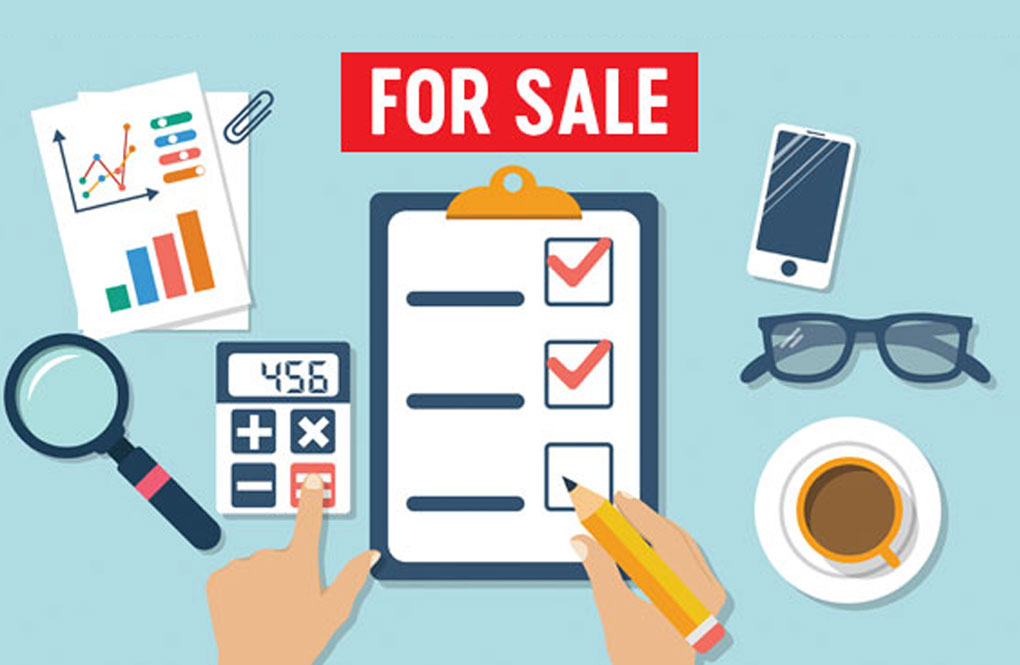There’s never been anything like this – at least in the modern age.
COVID-19 has taken the entire world by storm. It’s enveloped our nation, shut down vast chunks of the economy, and sent entire industries to a screeching halt.
And as horrific and deadly as this virus has been, it’s encouraging to remember that – eventually – most of the routine aspects of our society will return. They may be different in one way or another, but they won’t stay gone.
This is a temporary ordeal – painful, but temporary. Eventually, your customers will need you again and you’ll have to account for how you handled this strange period. Did you shut down all modes of communication and disappear into the night? Or were you purposeful in your communication, tactful in your messaging, and thoughtful in your execution?
The right marketing strategy will help you balance your approach today so that you can re-emerge healthier and more profitable tomorrow.
The Right Approach to Digital Marketing
Customers know that you care about them when they’re spending money, but they want to know that you’re still there for them even when there’s no product or service to buy.
The purpose of marketing is to build brand awareness by engaging with a target audience so that you’re able to procure traffic, generate leads, and produce sales. And while you may not be actively pursuing traffic, leads, and sales at the moment, there’s no reason to ignore the first half of this responsibility: building brand awareness by engaging with your target audience.
With all of this in mind, let’s explore some of the top principles and best practices for marketing your business online during this unique and concerning time:
Review and Adjust Your Timeline
At the beginning of the year, when business was booming, you had a marketing campaign schedule and/or a content calendar. And while these initiatives are probably very creative and relevant to your brand, you have to embrace the new context that we’re living in. This means reviewing your timeline/calendar and making necessary adjustments.
You can’t continue to push out content as if nothing happened. At best, you appear tone-deaf. At worst, you offend and upset your audience (permanently sending them away).
Thoroughly audit your entire marketing, promotions, and advertising calendar for the next three months. Decide on where you should pause and where you should pivot. Some items will need to be scrapped altogether.
Be Sensitive
Regardless of whether or not you’ve been directly impacted by COVID-19, it’s important to remember that we’re dealing with a crisis that’s impacted hundreds of thousands of Australians and their families. You have to be sensitive to this.
It’s better to be seen as too serious than to have the marketplace accuse you of taking the situation too lightly. If you’re going to err on one side of this spectrum or the other, make it the former.
Sensitivity matters on both a macro and a micro scale. In other words, it’s not enough to pivot on major strategic goals and campaigns. You also have to take all of the smaller details into account – like the verbiage you use in your content and copy.
Know the Difference in Tones
Tonality is everything. It’s important for brands to be serious, but this doesn’t mean you have to be somber. The goal is to avoid being humorous, witty, or nonchalant. But you can be positive, inspiring, and helpful.
People are looking for hope and good news. (In fact, Google searches for the keyword “good news” are at an all-time high.) There are ways to be serious yet upbeat. You can acknowledge the weight of the situation we’re in and still choose to focus on positive things that are happening.
Set Up Additional Safeguards
Nobody wants to be that company. However, by the time this pandemic winds down, we’ll inevitably have a long list of brands that posted insensitive and inappropriate content on social media. There will be articles and case studies written about what not to do.
This is why it’s important to set up extra layers of protection – particularly with any sort of customer-facing content medium. This includes social media and email.
It doesn’t matter how much you trust your marketing team and copywriters, no Facebook post, tweet, or email should get pushed out without at least two sets of eyeballs reviewing it. Yes, this may slow down your posting schedule a bit, but it’s a worthwhile tradeoff.
Leverage What the Market Gives You
Observe the marketplace and constantly look for ways to leverage soft spots and opportunities. This isn’t being greedy – it’s being strategic.
For example, the cost-per-impression on Facebook ads has plummeted over the past few weeks (even as traffic has increased on the platform).
More eyeballs + lower costs = no-brainer
It’s not just Facebook, though. Many popular websites have also seen advertiser interest wane despite seeing traffic increase. Is there a way to adjust your advertising budget to account for this?
While you probably don’t want to put on a hard sell, this could be a great opportunity to give your brand some positive exposure at a discounted rate. You’ll get a much better rate of return and, best of all, this exposure will carry forward as the marketplace recovers and spending returns.
What other opportunities are out there? Where can you allocate resources to make the most out of these unique circumstances?
Constantly Reassess
Doctors, researchers, and government officials have never seen a virus like this. We learn something new about it every couple of days. This leads to changes in recommendations and restrictions. And it’s something you, as a business leader, must keep an eye on.
Your current strategy that you’re using today might not be realistic or relevant in seven days – or even in 72 hours. It’s imperative that you constantly reassess the evolving circumstances and account for these new developments in your approach to online marketing. For the time being, you and your team should be meeting (virtually) on a daily basis.
Make the Most of Every Opportunity
Nobody wanted this situation to happen. Nobody is cheering COVID-19 and the wreckage it’s left in its wake. However, it has provided business leaders everywhere with a timely wakeup call that we must be ready to shift and adapt whenever new and unique circumstances emerge. That’s part of what it means to operate in a digital age.
Are you ready and willing to embrace the challenge?
– Digital Aviators, Digital Marketing Experts













